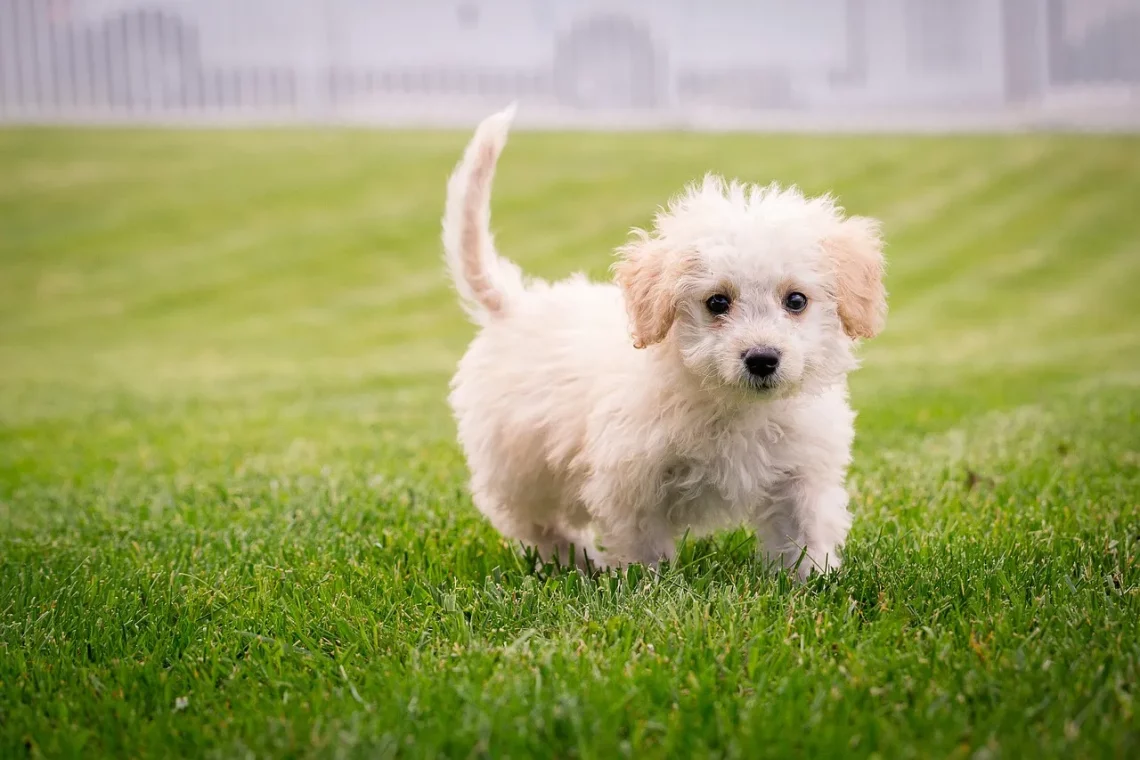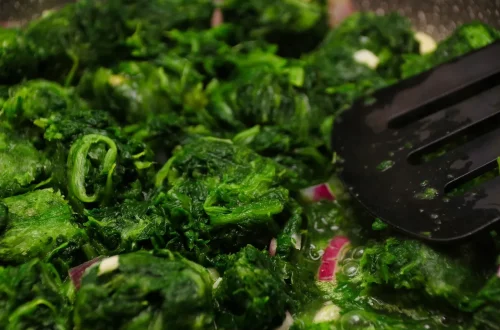
How Much Do Puppies Poop? Understanding Your Puppy’s Bathroom Needs
Taking care of a puppy comes with its own set of challenges and joys. Among these, understanding your puppy’s bathroom habits can often be one of the more perplexing aspects of pet ownership. Puppies, like human infants, have unique needs and behaviors when it comes to their bodily functions. As they grow and develop, their toilet habits will evolve, influenced by factors such as diet, age, and overall health.
New puppy owners may find themselves frequently concerned about how much their furry friend should be going and whether their bathroom habits are normal. This is completely natural, as monitoring your puppy’s bathroom routine not only helps in proper training but also in ensuring their overall health and well-being.
Understanding the frequency and amount of puppy poop can help you gauge their digestive health, identify potential issues early on, and make necessary adjustments to their diet or routine. Furthermore, being aware of what constitutes normal bathroom behavior for puppies can ease your worries and allow you to focus on the joy of raising a new companion.
Let’s explore the various factors influencing how much puppies poop, including their dietary needs, age, and individual characteristics.
Factors Influencing Puppy Bowel Movements
When considering how much puppies poop, it’s essential to understand the myriad factors that influence their bathroom habits. The most significant of these is diet. Puppies require a balanced diet rich in nutrients to support their rapid growth and energy levels. A diet high in fiber can lead to more frequent bowel movements, as fiber helps to bulk up the stool and promote regularity.
In contrast, a diet that is too rich or fatty may lead to fewer bowel movements, as the body may struggle to process the excess. It’s crucial to choose high-quality puppy food specifically formulated for their age and breed size. Consult with your veterinarian to determine the best diet tailored to your puppy’s unique needs, as this can significantly impact their bathroom habits.
Another factor to consider is age. Young puppies, especially those under six months old, tend to have more frequent bowel movements compared to adult dogs. This is partly due to their smaller bladders and developing digestive systems. Typically, a puppy may need to go out after every meal, play session, or nap. As they grow older and their systems mature, the frequency of bathroom trips will gradually decrease.
Hydration also plays a pivotal role in how often puppies poop. Puppies should have constant access to fresh water to ensure they remain hydrated. A well-hydrated puppy will have more regular bowel movements. Conversely, insufficient water intake can lead to constipation, which may result in infrequent and hard stools. Monitoring your puppy’s water consumption can provide insights into their overall health and help you maintain a regular bathroom schedule.
Finally, individual characteristics such as breed, size, and health conditions can also affect how much a puppy poops. Some breeds are naturally more prone to digestive issues or irregular bowel habits, while others may have better digestive health. Always keep an eye on your puppy’s individual habits, as any sudden changes in their bathroom routine could indicate underlying health concerns that may require veterinary attention.
Understanding Normal Puppy Bathroom Behavior
Recognizing what constitutes normal bathroom behavior for your puppy is crucial in ensuring their health and well-being. Generally, a healthy puppy will poop anywhere from one to five times a day, depending on their age, diet, and activity level.
For younger puppies, especially those under three months old, it’s common to see them poop more frequently. This is due to their small stomachs, which can only hold a limited amount of food at once. As a result, they tend to digest and eliminate waste more rapidly. Observing your puppy’s bathroom habits during this stage can help you establish a routine that aligns with their needs.
As puppies grow and begin to adjust to adult food, the frequency of bowel movements will likely decrease. Most puppies will settle into a more predictable routine by the time they reach six months old. However, it’s essential to remember that individual variability exists. Some puppies may continue to have more frequent bowel movements well into their adolescent stage.
Additionally, the consistency and color of your puppy’s stool can provide valuable insights into their health. Healthy puppy poop should be firm but not hard, with a medium to dark brown color. If you notice any significant changes in color, consistency, or odor, it could indicate dietary issues or health problems that may warrant a visit to the veterinarian.
Another aspect of normal bathroom behavior is the location where your puppy chooses to relieve themselves. Puppies are creatures of habit and will often return to the same spot to do their business. Establishing a designated bathroom area can help in potty training and making the process easier for both you and your puppy.
In conclusion, understanding your puppy’s bathroom behavior is a vital part of responsible pet ownership. By monitoring their habits and recognizing what is normal for them, you can ensure they remain healthy and happy.
Potty Training Your Puppy Effectively
Potty training is an essential aspect of raising a puppy. The process can be challenging, but with patience and consistency, you can teach your puppy where and when to relieve themselves. The key to successful potty training lies in understanding your puppy’s natural instincts and bathroom habits.
Start by establishing a routine. Puppies thrive on consistency, so take them out at the same times each day—after meals, naps, and play sessions are ideal moments to encourage bathroom breaks. Additionally, try to take your puppy out to the same spot every time. This not only helps them associate that area with bathroom activities but also encourages them to use that spot consistently.
Rewarding your puppy for doing their business outside is crucial in reinforcing good behavior. Positive reinforcement, such as treats or praise, helps your puppy understand that they have done the right thing. However, it’s essential to avoid punishment for accidents indoors, as this can create fear and anxiety around bathroom habits. Instead, focus on redirecting them to the appropriate area and celebrating their successes.
If your puppy has an accident indoors, it’s vital to clean the area thoroughly to eliminate any lingering odors that might encourage them to return to that spot. Use enzymatic cleaners specifically designed for pet messes, as these can break down the odors that regular cleaners may leave behind.
As your puppy grows and becomes more accustomed to their bathroom routine, you can gradually extend the time between bathroom breaks. This helps in building their bladder control and independence. However, be sure to stay attentive to any signs that your puppy needs to go out, such as whining, circling, or sniffing around.
Ultimately, patience and understanding are your best tools in the potty training process. Every puppy is unique, and some may take longer to learn than others. By being consistent and supportive, you can help your puppy develop good bathroom habits that will last a lifetime.
When to Consult a Veterinarian
While understanding your puppy’s bathroom habits is essential, it’s equally important to recognize when something may be off. As a responsible pet owner, keeping an eye on your puppy’s health is crucial, and changes in their bathroom behavior can often be the first signs of underlying issues.
If you notice that your puppy is pooping significantly less or more than usual, this could indicate a problem. Diarrhea, for instance, can be caused by dietary indiscretion, infections, or parasites. On the other hand, if your puppy is straining to poop or producing hard, dry stools, they may be dealing with constipation. Both conditions warrant a discussion with your veterinarian to identify the root cause and appropriate treatment.
Additionally, keep an eye on the consistency and color of your puppy’s stool. Healthy stools are generally firm and brown. If you observe any blood, mucus, or unusual colors such as green or yellow, these could be signs of digestive distress or illness. In these cases, prompt veterinary care is essential.
Puppies are also susceptible to various health issues, some of which can affect their bowel movements. Conditions such as intestinal parasites, infections, or even more severe gastrointestinal diseases can manifest through changes in bathroom habits. Regular veterinary check-ups can help monitor your puppy’s health and address any concerns before they become serious.
In conclusion, while understanding your puppy’s bathroom needs is essential for their overall well-being, being vigilant about any changes in their habits is equally important. Always consult your veterinarian if you have concerns about your puppy’s health or bathroom behavior.
**Note: This article is for informational purposes only and should not be considered medical advice. Always consult with a veterinarian for health-related issues concerning your pet.**




